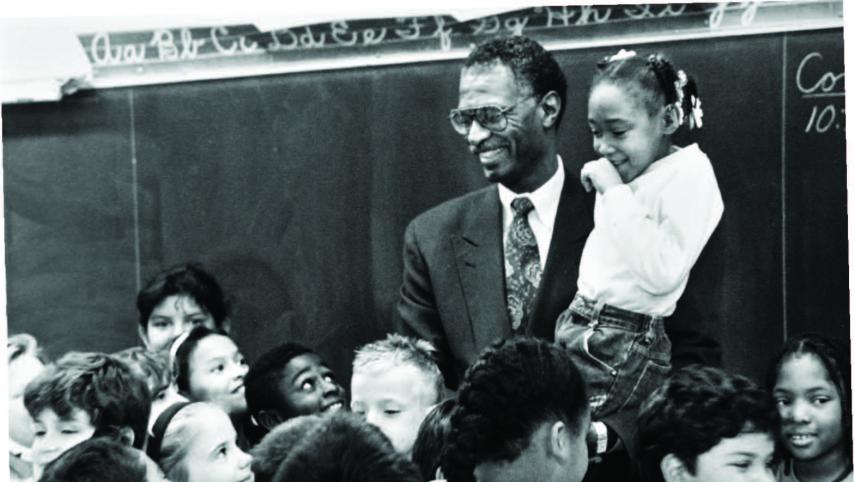The Rise of School Vouchers: Flashback

The nation’s first private school voucher program, launched in 1990 in Milwaukee, Wis., was created to give low-income families more high-quality school options. The program was focused almost exclusively on African-American students living in poverty.
The concept spread, and there are now 26 voucher programs operating in 15 states and Washington, D.C., according to EdChoice. In 2017, the Milwaukee Parental Choice Program, using taxpayers’ money, issued nearly 28,000 vouchers for low-income children to attend private and religious schools. Nationwide, 178,000 students use vouchers.
Today, as the Trump administration seeks to expand school choice, vouchers have become one of the most hotly debated issues in education. Under Secretary Betsy DeVos, the U.S. Department of Education is planning to spend more than $1 billion to give states more flexibility to offer tuition help for children to attend private schools. DeVos has praised the Indiana Choice Scholarship Program, which in its original design allowed low-income students to use vouchers to attend private schools. Lawmakers later broadened income guidelines to include some middle-class families.
Supporters of school vouchers argue that parents should have the right to choose their children’s schools and that poor students shouldn’t be trapped in failing public schools based on their zip code.
Critics counter that vouchers divert money from public schools that are already underfunded and must accept all students, unlike private and religious schools, which can choose who to admit.
The research on vouchers has been mixed. Most recently, four studies— in Indiana, Ohio, Louisiana and Washington, D.C. —found that students who used vouchers to transfer to private schools did poorer academically than similar students who remained in public schools.
For one 2016 study, the pro-voucher Thomas B. Fordham Institute looked at a program in Ohio. It found “students who used vouchers to attend private schools fared worse on state exams compared to their closely matched peers remaining in public schools.”
But the Fordham Institute argued that “the competition associated with the introduction of [vouchers] appears to have spurred these public-school improvements.” ′